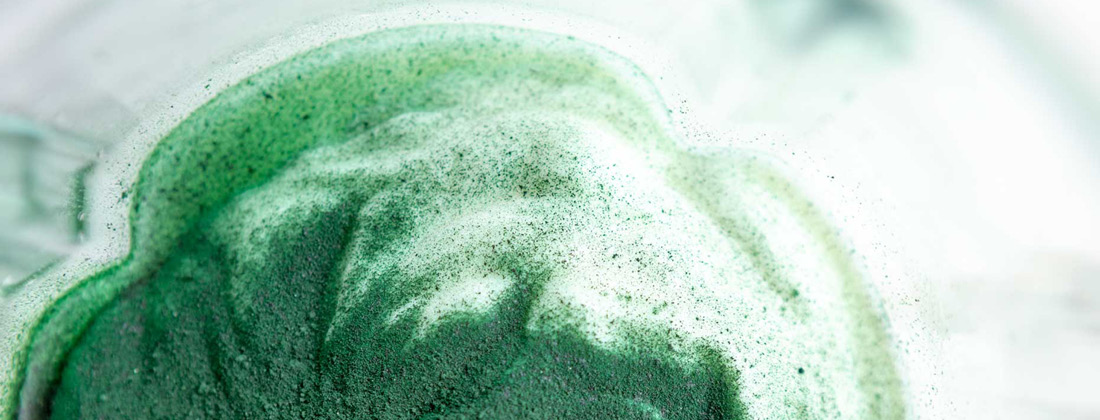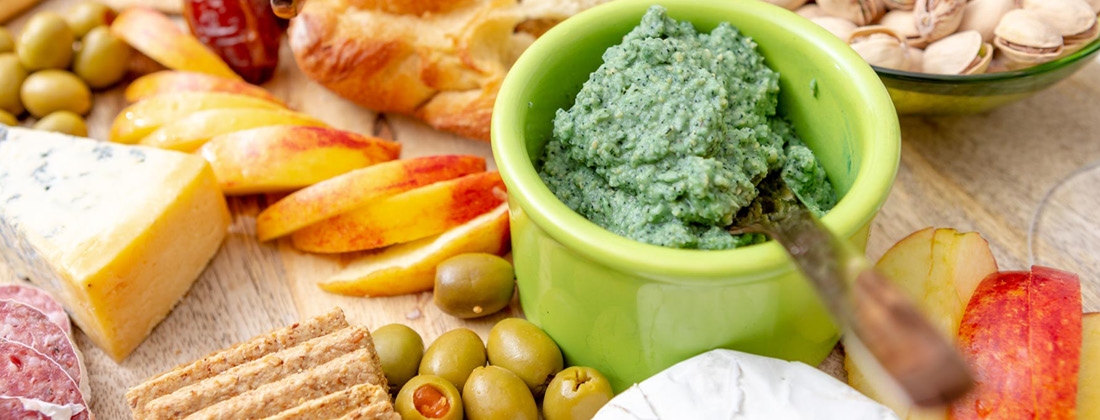
Take two Kiwi entrepreneurs and add two French scientists and you’ll get one impressive natural health product.
Tahi’s founders are experts on environmental and bio-process engineering, ecology, and food production and have harnessed world-leading biotechnology research in the growing of spirulina at Himatangi Beach in Manawatū.
One of the world’s most sustainable plants
Spirulina requires sunlight and various minerals to grow, however unlike a terrestrial plant it grows in salty water in shallow ponds with no soil needed and much less water requirements. It grows fast too, so for the same productivity, much less land is required to grow spirulina than terrestrial crops. And because Tahi Spirulina is cultivated in fully contained ponds, there is virtually no nutrient loss and associated environmental impacts. What’s more, the entire plant can be consumed, meaning less waste along the food chain.
New Zealand’s ideal growing conditions
Spirulina has been traditionally cultivated in sunny, areas in India, and California. But Massey University research found that temperate climatic conditions and clean water ensured high-quality year-round growth. Thus, Himatangi Beach gives ideal growing conditions: relatively high sunlight and clean water supply.
What makes Tahi Spirulina unique?
Most of the world’s spirulina is cultivated in large open ponds in Northern Australia, Hawaii, and California and almost all spirulina sold in New Zealand comes from China and India and is only ‘packed’ locally. Tahi uses part hydroponics, part aquaculture and 100% ingenuity to deliver a fresh, clean spirulina that is quite possibly the world’s finest.
- French artisan production
Tahi spirulina is grown in small, purpose-built, shallow ponds to minimise contamination, evaporation and for easy control. - Sheltered raceway ponds
Covered raceway ponds eliminate bird faeces and other airborne contaminants that commercial production is vulnerable to. The purpose-built ponds also have minimal water evaporation loss compared to large scale models that can stress water resources. - Gentle, low temperature dehydration for maximum
nutritional value
Energy-efficient dehydrators gently dry the spirulina at low temperatures, keeping the carbon footprint minimal while retaining most of the antioxidants and vitamins. - Batch tested, quality control
Artisan scale production lets the Tahi team carry out quality control checks at all stages of production, monitoring biomass and water quality daily.
Tahi Spirulina Hummus

Hummus is a classic platter favourite that people of all ages (even fussy little ones!) enjoy. And it’s super easy to whip up when you’re craving a crudités platter or have guests on their way. Adding a little Tahi Spirulina makes things more interesting (and healthy!).
Ingredients:
- 1 can of chickpeas
- 3 tbsp of freshly squeezed lemon juice
- 4 large cloves of garlic – peeled and pressed
- 3 tbsp of olive oil
- ½ tsp of Cumin powder
- 1 tsp of Tahi Spirulina powder
- Salt & pepper
Method:
- Drain can of chickpeas and rinse under cold water.
- Pour into a blender.
- Add lemon juice, garlic, olive oil, cumin and spirulina powder.
- Pulse until mixture is blended well.
- Season with salt and pepper to taste.
Serve directly or let set in fridge for 15 minutes. Or just take store-bought hummus, add one teaspoon of Tahi Spirulina powder, mix well and serve.

